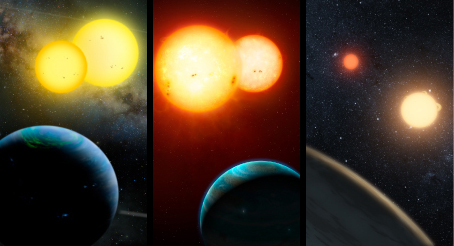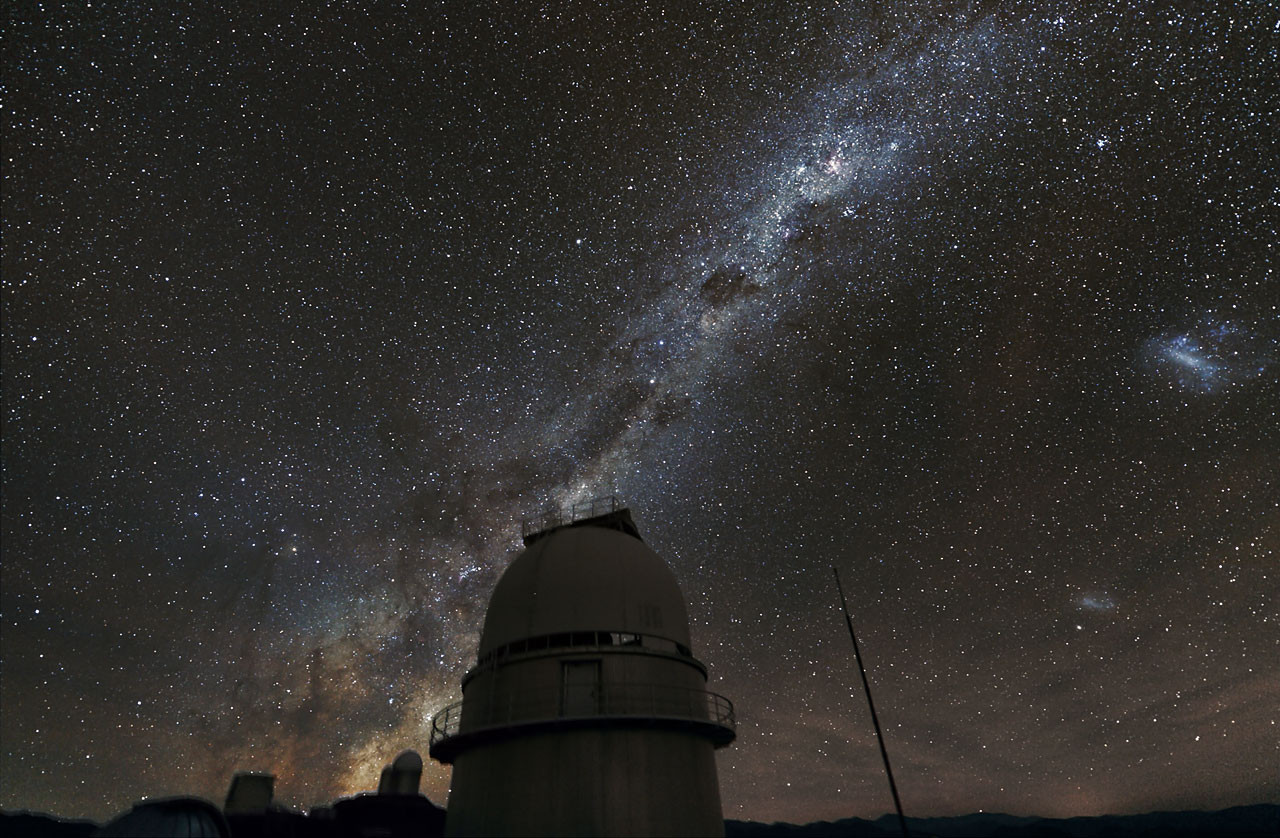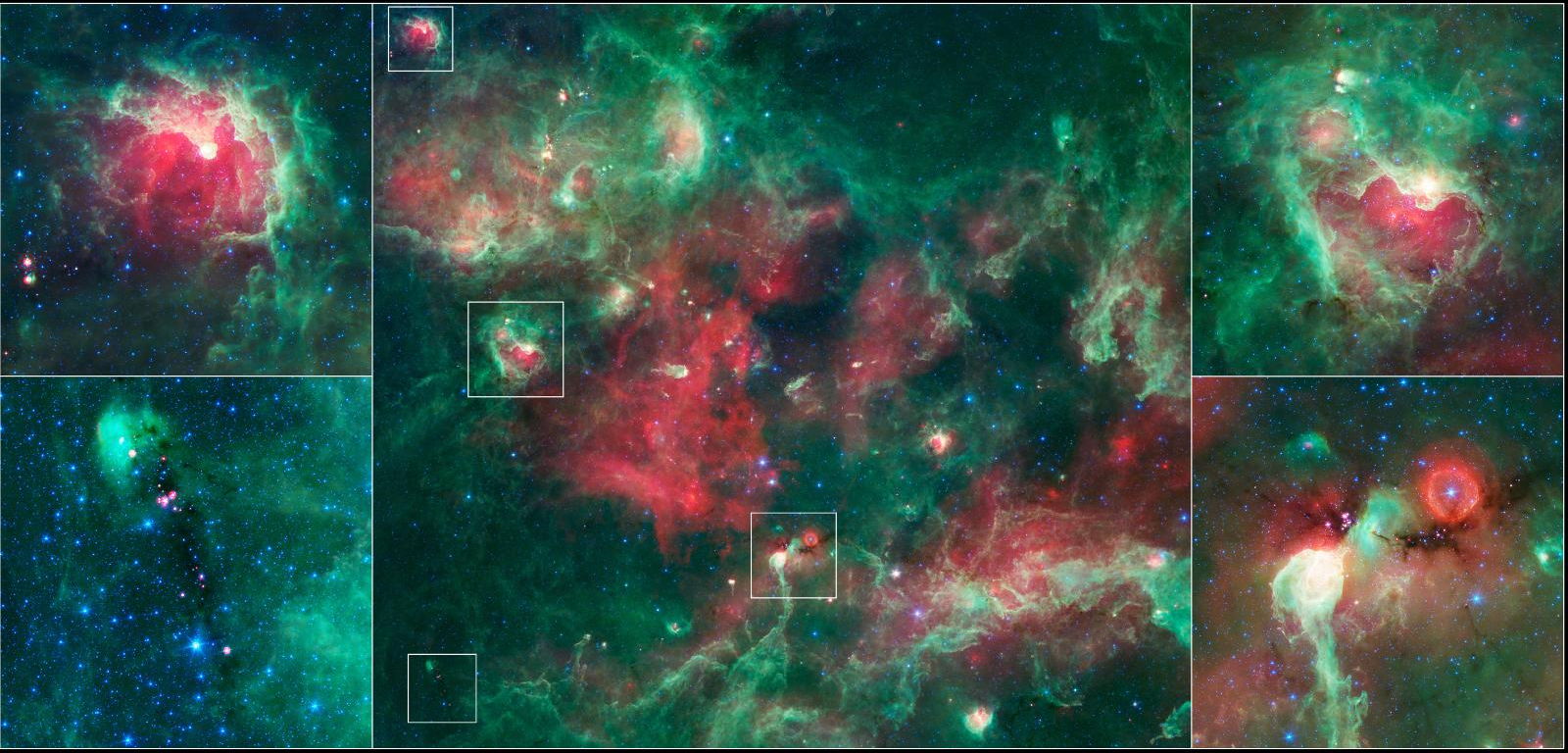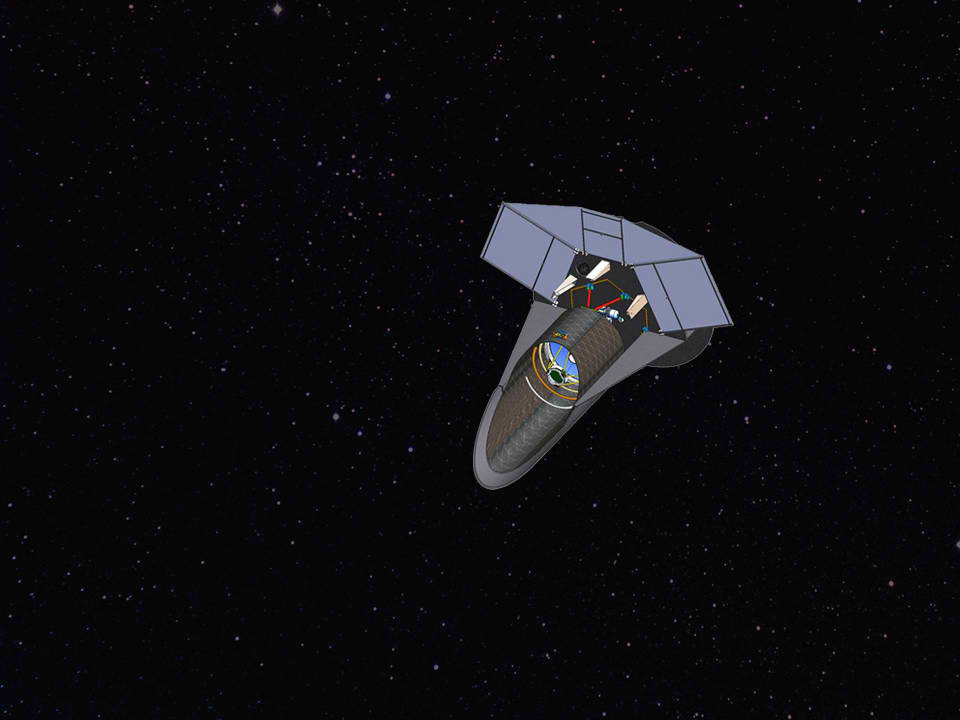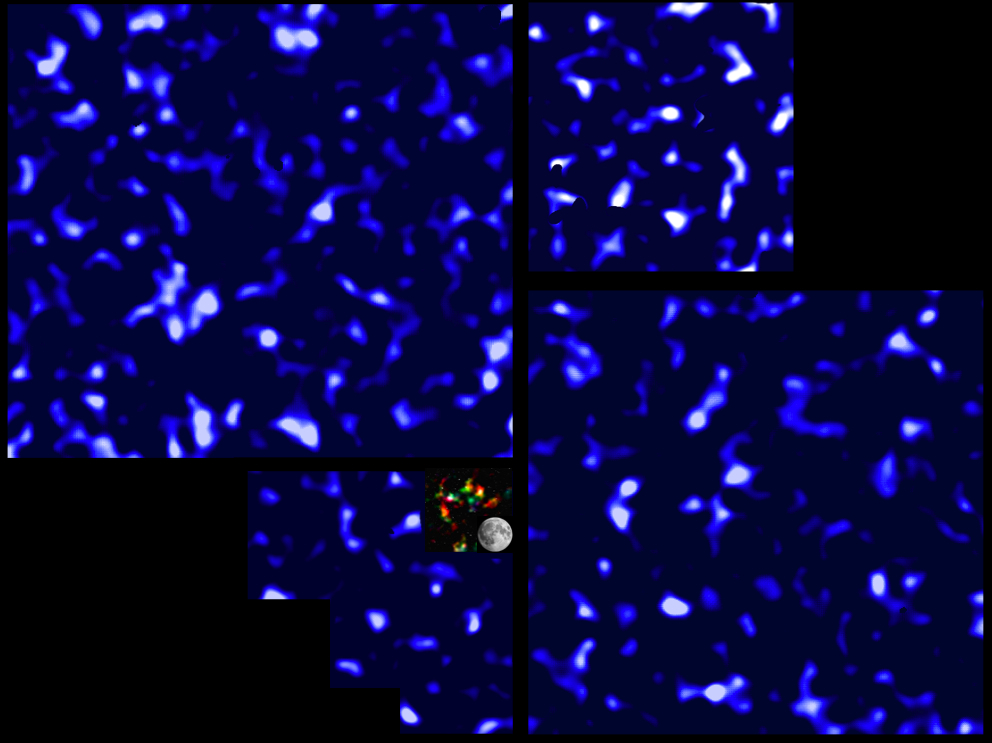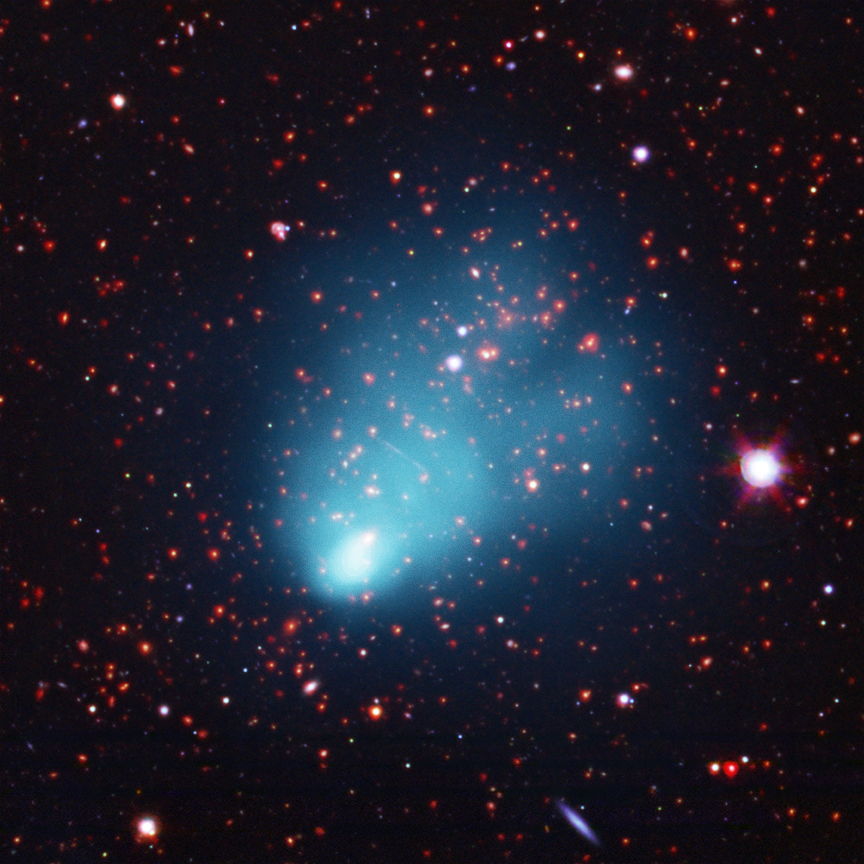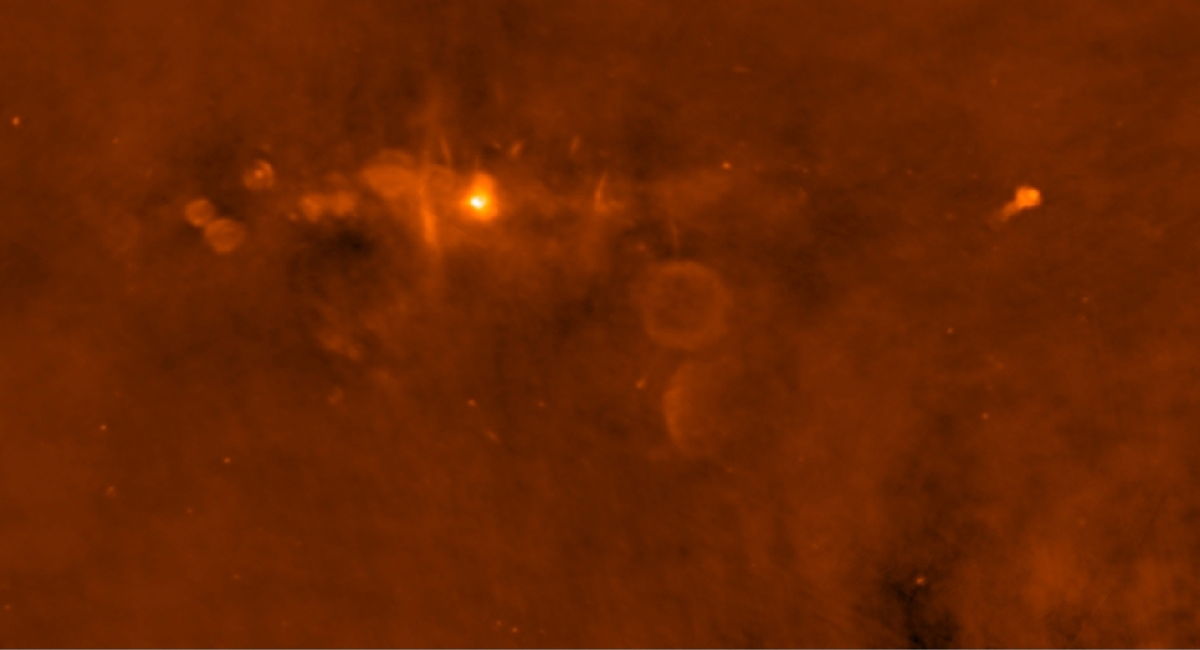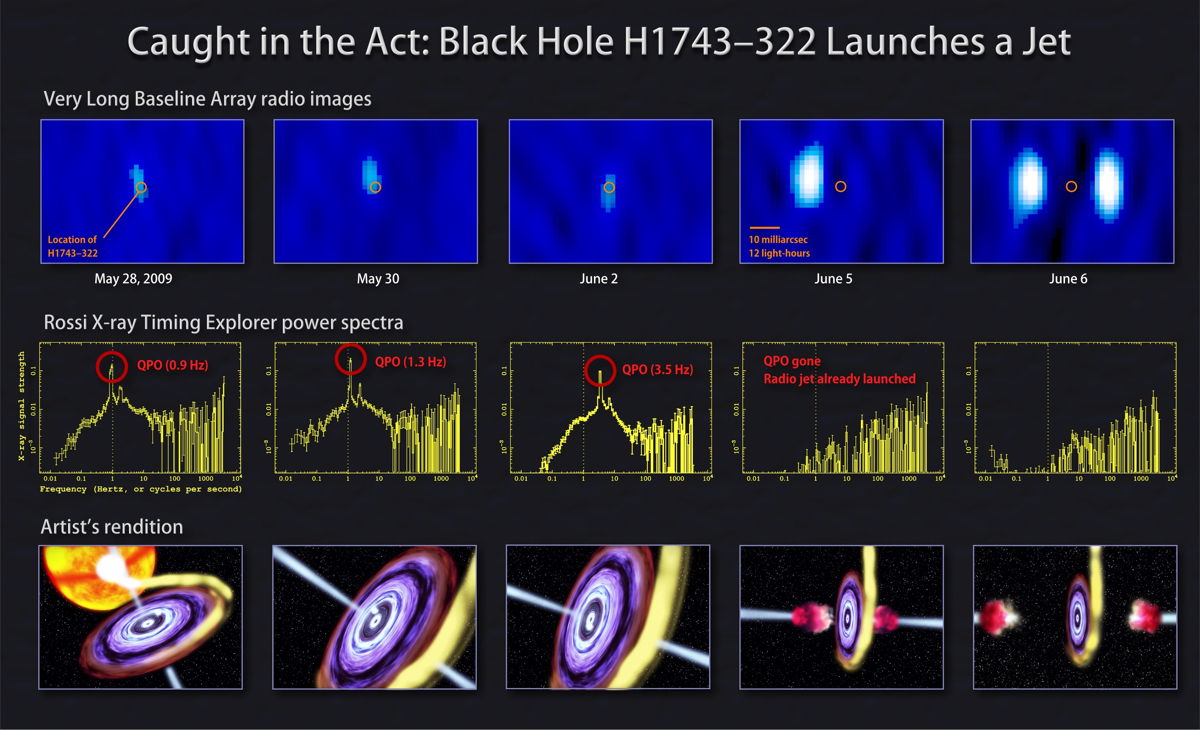Space Photos & Images from the 219th American Astronomical Society Meeting
A Galaxy Full of Planets (Infographic)
The latest data shows that our Milky Way galaxy is chock full of billions of planets, at least one for every star.
Danish Telescope at La Silla Observatory
The Milky Way above the dome of the Danish 1.54-metre telescope at the European Southern Observatory's La Silla Observatory in Chile. This telescope was a major contributor to the PLANET project to search for exoplanets using microlensing.
Goings On Around Star-forming Towns
In this new view of the Cygnus X star-forming region from NASA's Spitzer Space Telescope, stars can be seen at different stages of development.
Finesse Space Telescope Concept
An artist's concept of the Fast INfrared Exoplanet Spectroscopy Survey Explorer (FINESSE), a proposed mission that would study the atmospheres of known alien planets. The mission was discussed at the 219th American Astronomical Society meeting in Austin, Texas in January 2012.
Giant Dark Matter Map by CFHT
This giant map of invisible dark matter recorded in four directions by the Canada-France-Hawaii Telescope during each season of the year was released on Jan. 9, 2012. The color inset shows the previous largest COSMOS dark matter map and the size of the full moon (as it would appear to the telescope) to scale.
Twin Sun Planet Kepler 35b: Lior Taylor
An artist's illustration of Kepler-35 b, a Saturn-size planet around a pair of sun-size stars, as envisioned by artist Lior Taylor. The discovery of Kepler-35b and another twin sun planet, Kepler-34 b, was announced Jan. 11, 2012 and represent a new class of circumbinary planets.
NASA's Chandra Finds Largest Galaxy Cluster in Early Universe
A composite image shows the El Gordo galaxy cluster - the largest cluster ever seen - in X-ray light from NASA's Chandra X-ray Observatory in blue, along with optical data from the European Southern Observatory's Very Large Telescope (VLT) in red, green, and blue, and infrared emission from the NASA's Spitzer Space Telescope in red and orange. Image released Jan. 10, 2012 at the 219th American Astronomical Society.
Breaking space news, the latest updates on rocket launches, skywatching events and more!
Position of Black Hole System H1743-322 (No Labels)
This 327-MHz radio view of the center of our galaxy highlights the position of the black hole system H1743-322, as well as other features.
Black Hole H1743-322 Launches a Jet
Radio imaging by the Very Long Baseline Array (top row), combined with simultaneous X-ray observations by NASA's RXTE (middle), captured the transient ejection of massive gas "bullets" by the black hole binary H1743-322 during its 2009 outburst. By tracking the motion of these bullets with the VLBA, astronomers were able to link the ejection event to the disappearance of X-ray signals seen in RXTE data. These signals, called quasi-periodic oscillations (QPOs), vanished two days earlier than the onset of the radio flare that astronomers previously had assumed signaled the ejection.
Position of Black Hole System H1743-322
This 327-MHz radio view of the center of our galaxy highlights the position of the black hole system H1743-322, as well as other features.

Space.com is the premier source of space exploration, innovation and astronomy news, chronicling (and celebrating) humanity's ongoing expansion across the final frontier. Originally founded in 1999, Space.com is, and always has been, the passion of writers and editors who are space fans and also trained journalists. Our current news team consists of Editor-in-Chief Tariq Malik; Editor Hanneke Weitering, Senior Space Writer Mike Wall; Senior Writer Meghan Bartels; Senior Writer Chelsea Gohd, Senior Writer Tereza Pultarova and Staff Writer Alexander Cox, focusing on e-commerce. Senior Producer Steve Spaleta oversees our space videos, with Diana Whitcroft as our Social Media Editor.
